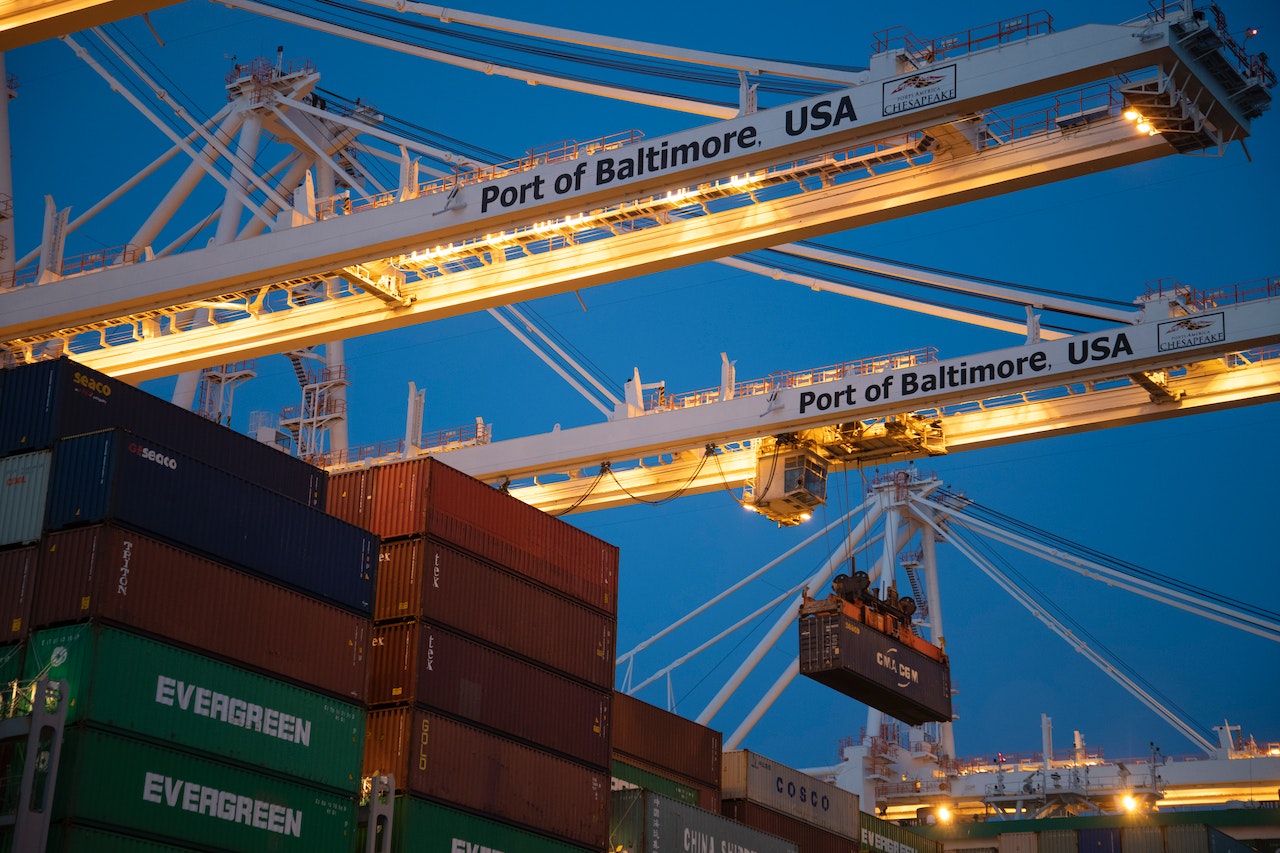Intermodal Volumes
Intermodal traffic moved down in the latest week on a sequential basis as it continues to struggle for growth. The trend of steep year-over-year declines is forecast to remain in place and even grow more pronounced over the next few weeks and months.
This is the time of the year when intermodal traffic usually gets a boost from the peak season, but no seasonal boost is on the horizon, which will drive year-over-year comparisons further negative over the balance of the year.
The weak competitive situation relative to the domestic truckload market is expected to remain in place through at least next year’s peak season. The recent closure of less-than-truckload carrier Yellow is unlikely to materially alter the truckload capacity situation to a point where it makes intermodal more competitive ahead of present expectations.
So far, it appears that the only discernible impact on intermodal from Yellow’s bankruptcy is negative. The LTL carrier was a large user of trailers on flat cars in the North American intermodal network, especially in the eastern U.S. Trailer volume ticked up slightly in the latest week, but it had fallen sharply over the prior two weeks and is barely any stronger than it was during the July 4th holiday week.
Carload Volumes
Carload traffic ticked up in the latest week on a small seasonal increase in coal traffic and despite a significant sequential decline in economically sensitive freight volumes. The decline in economically sensitive freight came as forest products traffic in the lumber and pulp and paper sectors struggled.
Lumber continues to be challenged by a weak housing market that shows no sign of improving and in fact could be made worse if interest rates for mortgages move even higher. Pulp and paper volumes in the latest week gave back all their gains of the last two weeks and then some. Those volumes have been weak for much of the past year, and a near-term turnaround seems unlikely.
Agricultural products is a sector that is showing more stability in volume than forest products, but it is not growing and is just maintaining its weak levels. That situation likely will hold sway for roughly the next month until the harvest starts across Canada and the Upper Midwest.
Non-metallic minerals traffic is also struggling lately with a focus around potash traffic. Some potash trains remained stalled as the Canadian carriers catch up from the west coast port strike that hobbled their ports for several weeks last month and other short-haul business in Florida has also taken a hiatus in the latest weeks.

